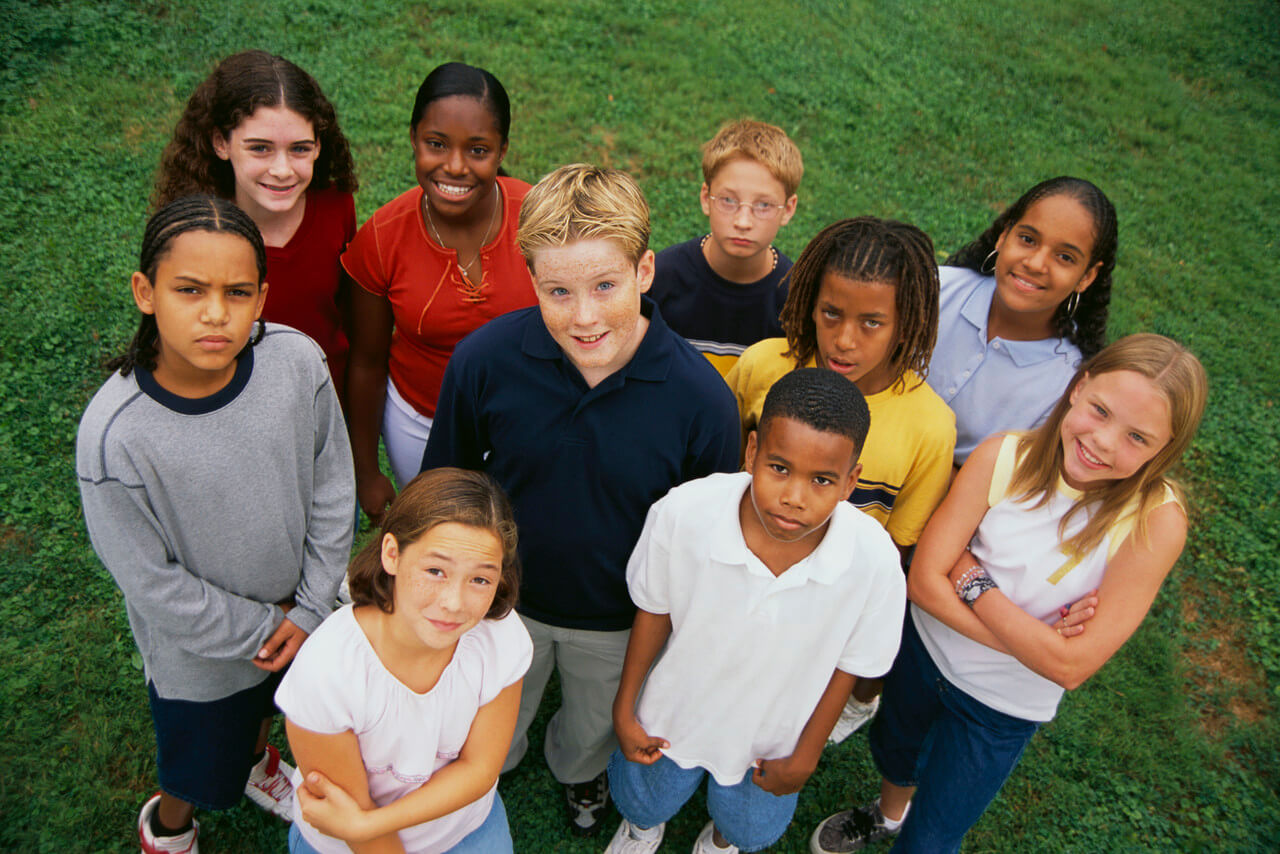
by Victor Jung | Dec 13, 2022 | Charity, Coding, MiniCoders, Parenting, Udemy, Victor Jung
Who invented the Python coding language? Python is a popular programming language that Guido van Rossum created. Van Rossum began working on Python in the late 1980s, and the first version of the language was released in 1991. Python is named after the British comedy...

by Victor Jung | Dec 13, 2021 | Philanthropy
Philanthropy is an intensely popular industry that encourages people to give back to their communities. Whether through corporate giving or personal volunteerism, the more people give back each day, the more people in need get the help they’re looking for. In the...

by Victor Jung | Dec 6, 2019 | Charity
According to Giving USA, Americans donated more than $400 billion dollars to their favorite charities in 2018. It’s imperative to point out that close to $292 billion dollars came from private donors. Many insiders around the country believe these numbers will...
by Victor Jung | Jul 12, 2019 | Charity
With the decline in donations to charitable causes in recent years, the idea of engaging children in humanitarian acts in meaningful ways promises to provide adult donors in the future. Having been involved in charitable acts as children, these donors will understand...

by Victor Jung | Aug 4, 2017 | Philanthropy
It shouldn’t come as a surprise to many that giving and engaging in charitable efforts can have a positive effect on our outlook on life. Generosity can boost our endorphins and release oxytocin in our bodies, which creates a feeling of empathy and happiness. When...





